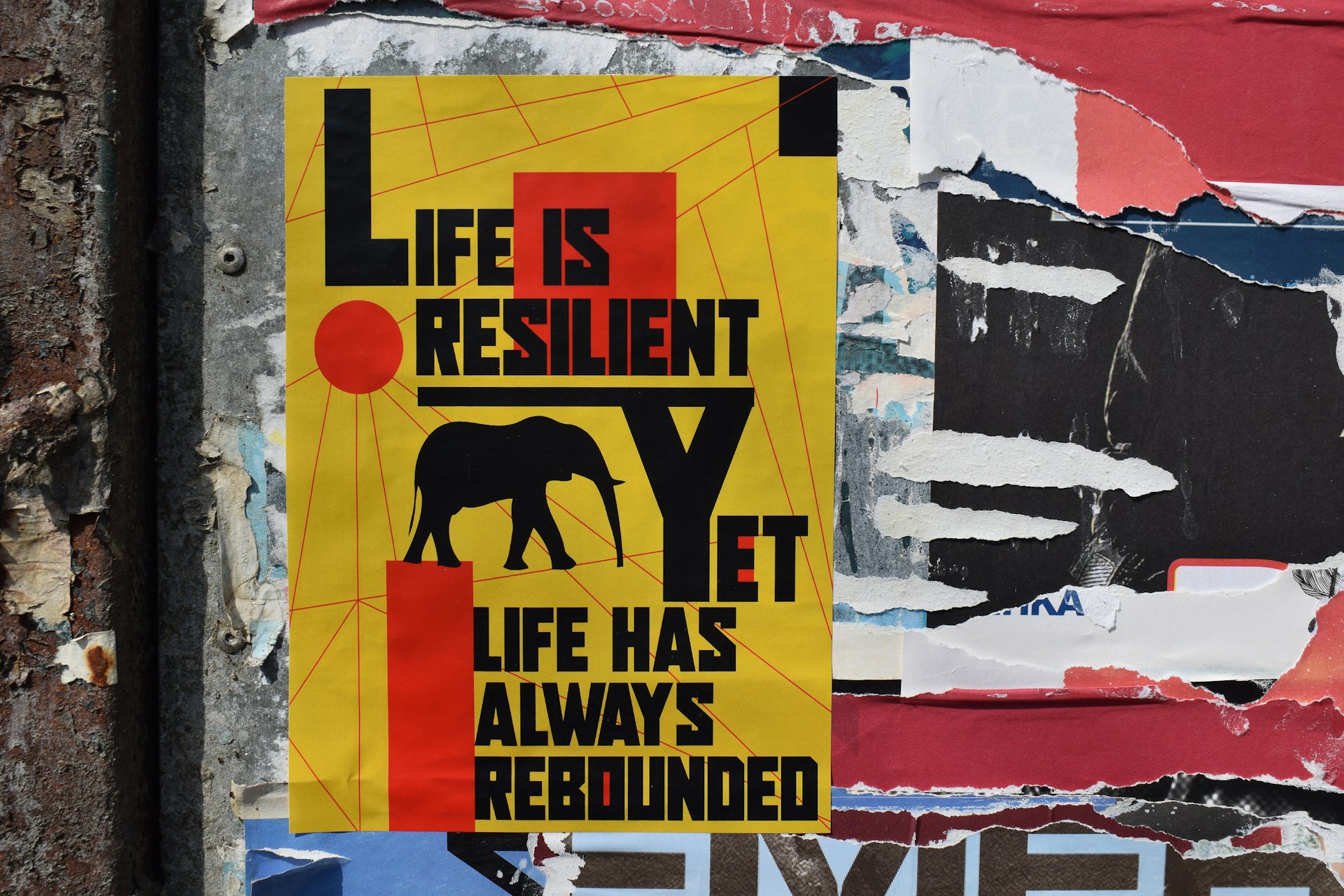Immersive Indigenous Art and Craft Travel Experiences: A Journey into Living Heritage

Photo by Asso Myron on Unsplash
Introduction: The Power of Indigenous Art and Craft Travel
Traveling to experience indigenous art and craft is more than sightseeing-it’s an opportunity to engage with living cultures, support traditional livelihoods, and gain deep insights into the world’s oldest creative traditions. These experiences offer travelers a chance to witness firsthand how art, history, and community intertwine, providing both memorable adventures and ethical ways to support indigenous communities worldwide [1] .
Understanding Indigenous Art and Craft Experiences
Indigenous art encompasses a broad spectrum of creative expressions, from textiles and pottery to woodcarving, painting, and jewelry. Each piece tells a story-of ancestry, spirituality, land, and community. Participating in these experiences allows travelers to understand the significance behind each artwork, often guided by local artisans eager to share their knowledge and traditions [3] .
Craft-focused travel can take many forms, including:
- Artisan-led workshops and demonstrations
- Visits to indigenous markets and cooperatives
- Guided tours of museums and heritage sites
- Immersive stays in artisan villages
- Participation in traditional festivals and ceremonies
Global Destinations for Indigenous Art and Craft Experiences
Numerous destinations around the world offer travelers the chance to engage with indigenous artistic traditions. Here are some of the most notable:
South America: Chile and Ecuador
In Chile, the Pueblito Los Dominicos artisan center in Santiago showcases more than 150 workshops featuring Mapuche, Selk’nam, and other indigenous crafts. Highlights include horsehair crin weaving, unique clay pottery, and lapis lazuli jewelry, all crafted by native artisans. Purchasing directly from these workshops supports indigenous livelihoods and helps preserve threatened traditions [1] .
Ecuador’s Hero’s Journey experience connects travelers with indigenous artisans in both cities and remote Andean villages. This curated journey involves hands-on participation in craft making, from weaving to pottery, and fosters a deeper understanding of the rituals, values, and ecological knowledge embedded in each artwork. The program emphasizes mutual respect and open-mindedness, reinforcing the transformative power of cultural exchange [5] .
Asia: India and Japan
India’s vast landscape is home to countless tribal communities, each with its own distinct art forms. Programs like those offered by Ollit provide immersive tours into tribal regions, where travelers can observe the sourcing and processing of materials, participate in hands-on workshops, and learn about the sustainable practices that underpin traditional crafts. Each tour can be tailored to special interest groups, ensuring a meaningful and educational experience [3] .

Photo by Jensil Brujan Nuñez on Unsplash
In Japan, the Hakone woodcraft (yosegi zaiku) tradition is kept alive by a small group of master artisans. Travelers visiting the Hakone/Odawara area can meet woodcraft masters, watch marquetry demonstrations, and even try their hand at creating intricate geometric patterns using the natural colors of wood. These experiences are typically offered through established workshops and cultural tours [2] .
Australia: Aboriginal Art and Culture
Australia offers a wealth of Aboriginal-guided art experiences, from ancient rock art galleries to modern city museums. Tour operators and cultural centers facilitate hands-on dot painting workshops, bush tucker tastings, and Dreamtime storytelling sessions. These experiences, often led by indigenous guides, share the deeper meanings of artwork and provide visitors with a holistic understanding of First Nations cultures. Programs are available in both urban centers and remote outback locations, and can be accessed by contacting accredited Aboriginal tourism organizations [4] .
How to Access Indigenous Art and Craft Travel Experiences
To participate in these unique travel experiences, consider the following steps:
- Identify your destination and research local indigenous communities, focusing on those known for their artistic heritage.
- Seek out reputable tour operators or organizations that specialize in cultural or indigenous tourism. Many countries have official tourism websites or cultural heritage bodies that offer lists of accredited experiences.
- Contact local artisan cooperatives or museums for information on workshops, demonstrations, or guided tours. Many artisan centers operate their own workshops open to visitors.
- Look for sustainable and ethical travel options that prioritize fair compensation for artisans and respect for local customs. Verify that your experience is led or endorsed by indigenous communities themselves.
- Prepare by learning basic cultural protocols and etiquette. Approach each experience with respect, curiosity, and a willingness to listen and learn.
For specific destinations, you can:
- In Chile, visit the official tourism portal or inquire at the Pueblito Los Dominicos artisan center in Santiago for tour options.
- For Ecuador, search for “Art Experiences Ecuador” or “Hero’s Journey Ecuador” to find curated craft travel itineraries.
- In India, seek out programs like those offered by Ollit or contact regional tourism boards for indigenous art tours.
- For Aboriginal experiences in Australia, use the Discover Aboriginal Experiences website or contact recognized Aboriginal cultural centers.
- In Japan, explore Hakone’s official tourism information for woodcraft workshops and artisan studio visits.
Practical Steps and Alternative Approaches
If organized tours are unavailable or fully booked, travelers can still access indigenous craft experiences by:
- Visiting local markets, artisan fairs, or community festivals, which often feature live demonstrations and opportunities to meet artists.
- Exploring regional museums with indigenous art collections and inquiring about their public programs or artist-in-residence events.
- Connecting with NGOs or non-profits dedicated to cultural preservation, as many offer volunteer or educational programs focused on indigenous crafts.
- Engaging with online platforms or virtual experiences, especially when international travel is limited. Many organizations now offer digital workshops and virtual artisan meet-ups.
Challenges and Best Practices
While these experiences are highly rewarding, travelers may encounter challenges such as language barriers, limited accessibility in remote areas, or concerns about authenticity. To navigate these:
- Use local interpreters or guides familiar with both the culture and language.
- Always confirm the legitimacy of the experience and ensure it is community-approved or led.
- Be mindful of photography and sharing on social media; always seek permission before documenting sacred or private traditions.
- Support artisans by purchasing directly from them, ensuring your contributions benefit the community rather than intermediaries.
Supporting Indigenous Artisans and Communities
By participating in these travel experiences, you contribute directly to the survival of indigenous traditions and the well-being of artisan families. Many indigenous communities rely on craft sales for income, and your engagement can help sustain these vital practices for future generations. For travelers who are unable to visit in person, consider supporting indigenous artists through certified online marketplaces or by donating to cultural heritage organizations.
Key Takeaways
Indigenous art and craft travel experiences offer unique opportunities to connect deeply with world cultures, learn ancient techniques, and support sustainable community development. Whether you join a hands-on workshop in the Andes, explore Aboriginal art sites in Australia, or participate in a weaving demonstration in India, every journey enriches your understanding and helps preserve our shared heritage.
References
- Insight Vacations (2024). South America Indigenous Travel Experiences.
- USTOA (2024). Ten Countries for Crafts with a Cause.
- Ollit (2024). Indigenous Crafts and Textiles Tour.
- Discover Aboriginal Experiences (2024). Art & Museum Experiences.
- Travel World Magazine (2025). Crafting a Unique Cultural Journey Through Ecuador.



